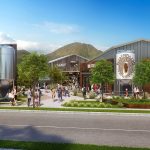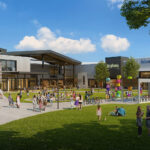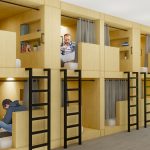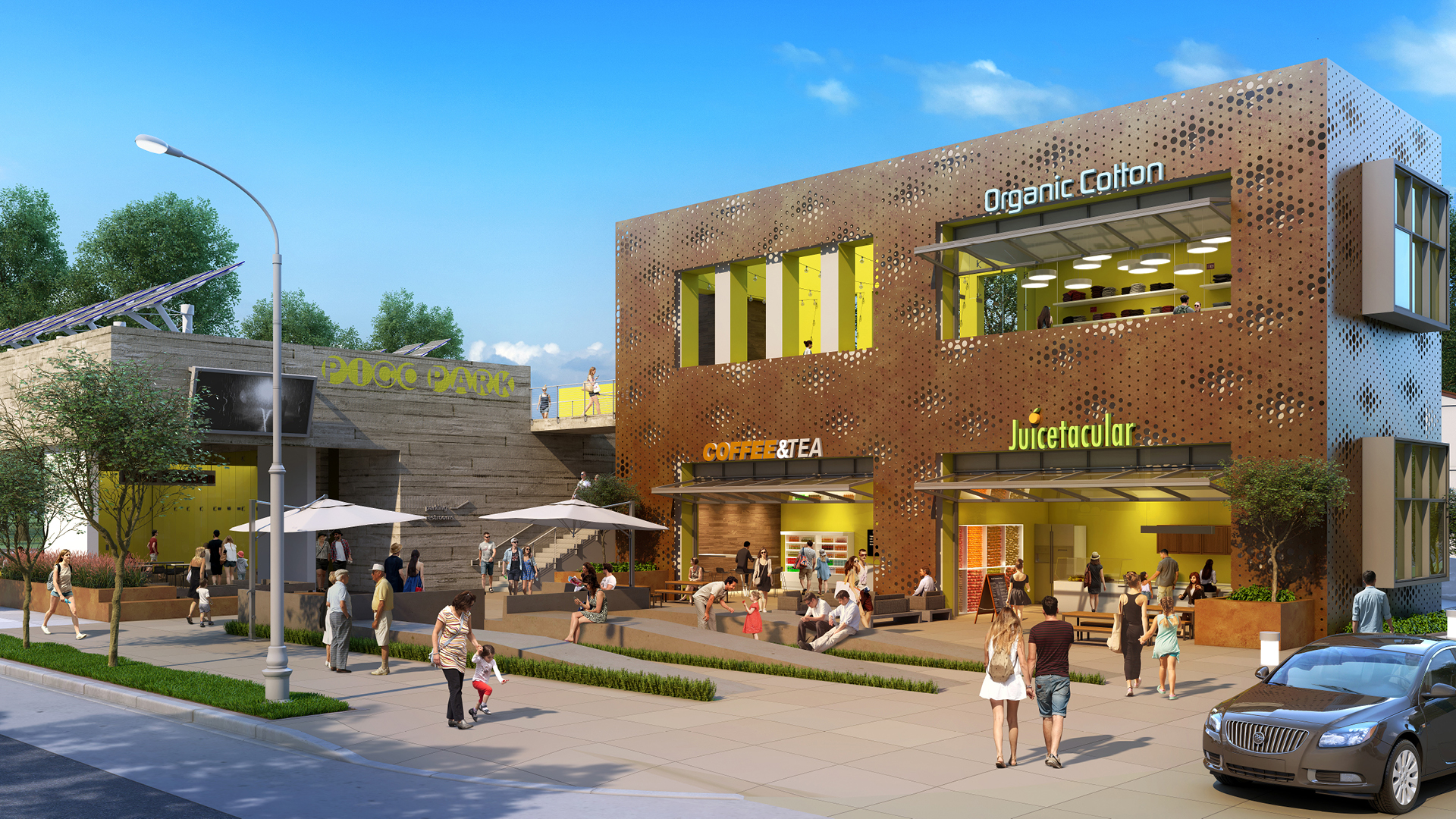As cities and suburbs developed, retail strip centers lined main thoroughfares, providing necessary goods and services to the community. Once successful retail centers are struggling to meet the changing needs of consumers. In cities across the United States, these car-centric strip malls are underutilized and unleased. Empty storefronts lead to economic challenges within a community, creating a ripple effect.
Some retail development owners apply new paint and modern design details to their worn-down centers in hopes of creating a revitalization capable of drawing new and unique tenants. But the struggles of lackluster strip malls from the 1980s are manifested by more than surface disrepair. The inherent design of these strip malls is failing to meet the changing needs of today’s consumers and neglecting to respond to the way our communities want to interact with them.
Creating A Place for the Community to Come Together
In response to the continuous rise in cost of living plaguing many urban and suburban areas, residential square footages continue to get smaller and smaller. Many people are giving up yard space to live in a location they desire. There is a need to supplement the lack of private open space with common shared gathering spaces. Residents search for housing locations with access to community spaces and local retail. Both young adults and active adults show a growing interest in living in a walkable community with increased social connection.
How Should Retail Designers Respond?
The Re-Commerce concept strives to reshape the outdated retail strip mall by decreasing the emphasis on vehicular circulation and shifting the focus toward community connections and social interaction. By reconfiguring the retail spaces to increase tenant flexibility and respond to the changing needs of small businesses, Re-Commerce provides adaptable neighborhood retail spaces so many urban and suburban communities lack.




